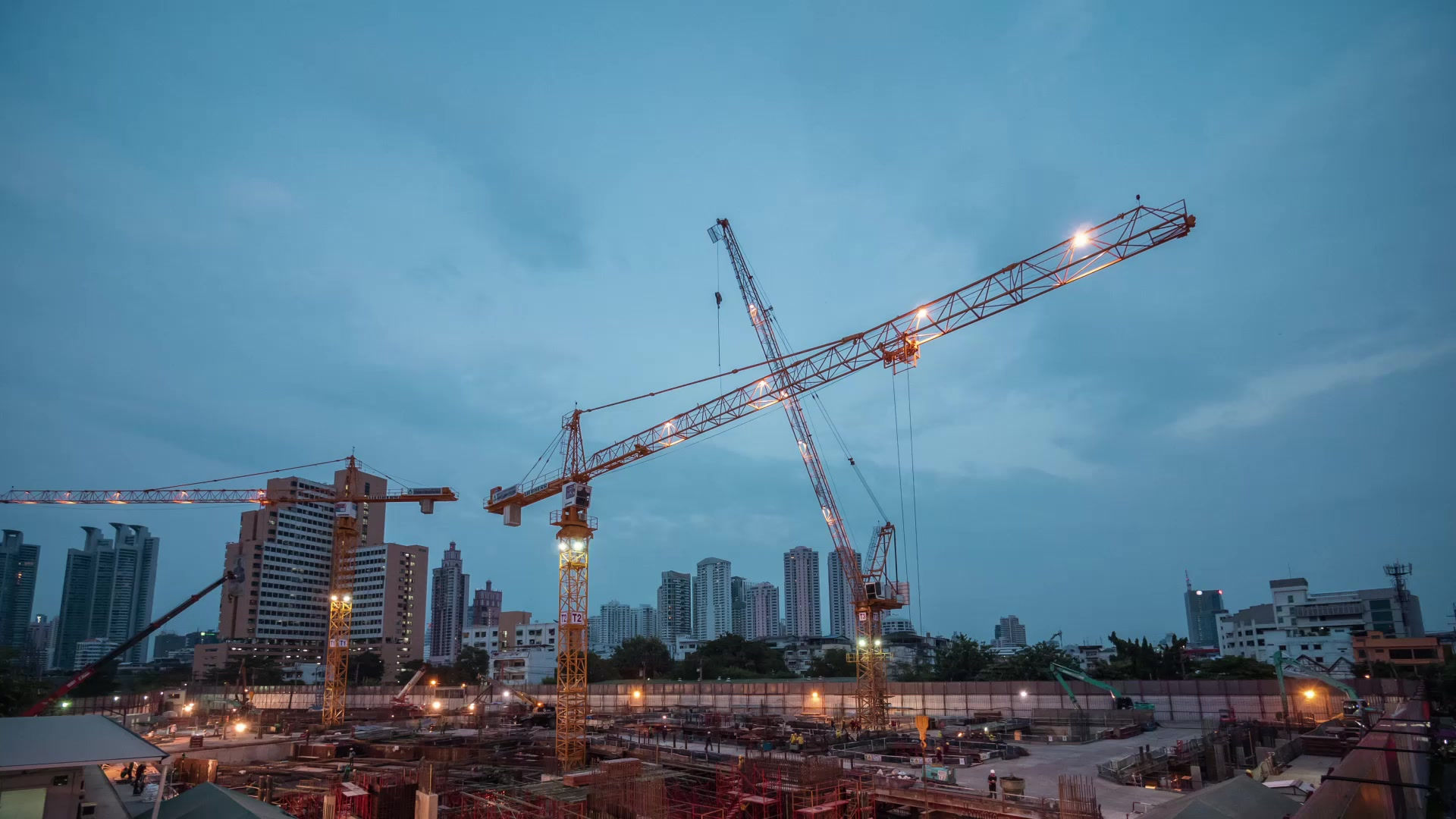Transport noise can lower your investment property rental return
- ben33903
- Jan 28
- 2 min read
Updated: Feb 10
A 2019 study with Ambient, Corelogic, and State Machine examined the link between road traffic noise and how often tenants move out of rental properties in six Brisbane suburbs. It found that higher levels of road traffic noise are associated with a significant increase in rental property turnover rates. The likely reason for this is that renters may not fully realise how disruptive the noise will be until they live in the property, leading them to move out sooner than they might have planned. This results in greater costs and lost income for landlords because of increased vacancy periods and re-letting expenses.
The World Health Organization (WHO) recommends that average road traffic noise should be kept below 53 decibels (dB) Lden, and that night-time noise should be below 45 dB Lnight to avoid health and sleep problems. The study focused on night-time noise levels as these have a greater effect on sleep. Since an open window usually reduces external noise by approximately 10 dBA (acknowledging lower reductions are common), the study used an external noise level of 55 dBA Lnight as a threshold, corresponding to the WHO’s recommended 45 dBA Lnight internal level. The study revealed that properties with noise levels exceeding 55 dBA Lnight experienced a 69% higher turnover rate over a five-year period compared to those with lower noise levels.
In summary, the study shows a clear link between road traffic noise and how frequently tenants move out of rental properties. This suggests that both renters and landlords should be aware of noise levels, and there could be a financial benefit for landlords to implement noise reduction measures in order to minimise tenant turnover.
A link to the conference paper can be found here: https://acoustics.asn.au/conference_proceedings/AAS2019/papers/p64.pdf





Comments